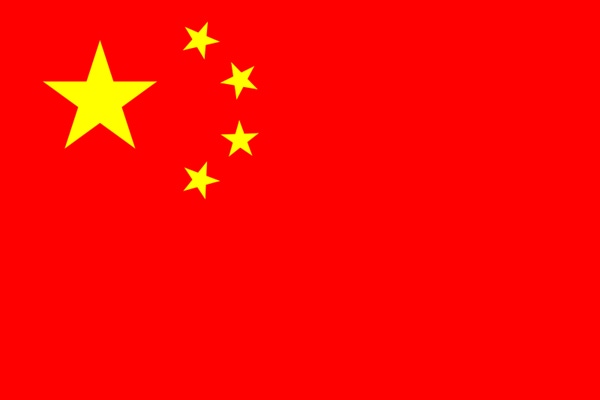Chinese consumers demand more and better protein, Chinese beef companies will increasingly look to the Western world.

It is possible, a new report from Rabobank suggests, that the Smithfield buyout by a Chinese company is a harbinger of more to come. What’s more, while pork and poultry are the obvious first choices of interest, given Chinese consumer preferences, the report suggests beef is also in the crosshairs.
“Chinese (beef) imports continue to grow, driven by the imbalance between expanding consumption and stagnant production and the tightening of the grey channel,” the report says. The grey channel is beef imported to nearby countries that finds its way into China.
“Imports have mainly originated from Uruguay, Australia and New Zealand. Amidst these conditions, we cannot rule out the possibility that Chinese beef companies may seek partnerships with counterparts in important beef-producing countries, notably Australia,” the report concludes.
Global situation
In May, Rabobank’s Global Price Index was down 6% relative to the first quarter of 2013 on the back of a downtrend in cattle prices across the globe, notably in Australia and Brazil, the report says. In addition, the strengthening U.S. dollar also contributed to pushing global cattle prices down.
Industry performance is mixed across the globe, with companies in Brazil, Uruguay and Paraguay posting reasonable margins, thanks mainly to the higher availability of live animals and buoyant expectations. In Oceana (Australia, New Zealand), cattle prices continued to decline due to increased marketing driven by drought. While this is bad for the affected ranchers and feedlots, the packing segment is benefiting in the short term, the report says.
“In the U.S., the landscape for the beef industry is gloomier,” the report says. “Feedlots are still being hit by the continuation of strong feedgrain prices exacerbated by the basis and an insufficient decline in feeder cattle costs. However, packers have been posting improved margins since May.”
In the European Union (EU), prices continue to increase as a result of a combination of the higher demand for beef – as many players have had to replace horsemeat with “real” beef – and tight supply. This is possibly one of the reasons behind Brazil’s growing exports to the EU this year, according to Rabobank analysts. Through May this year, Brazilian sales of fresh beef to the EU amounted to 25.5 thousand metric tons, up 42% over last year.
You might also like:
Ominous Warnings In The Midst Of Good Times
80+ Photos Of Our Favorite Calves & Cowboys
Checkoff Responds To Negative Feedback On New Beef Cut Names
About the Author(s)
You May Also Like


.png?width=300&auto=webp&quality=80&disable=upscale)
